Southeastern customers face worsening services
- Published
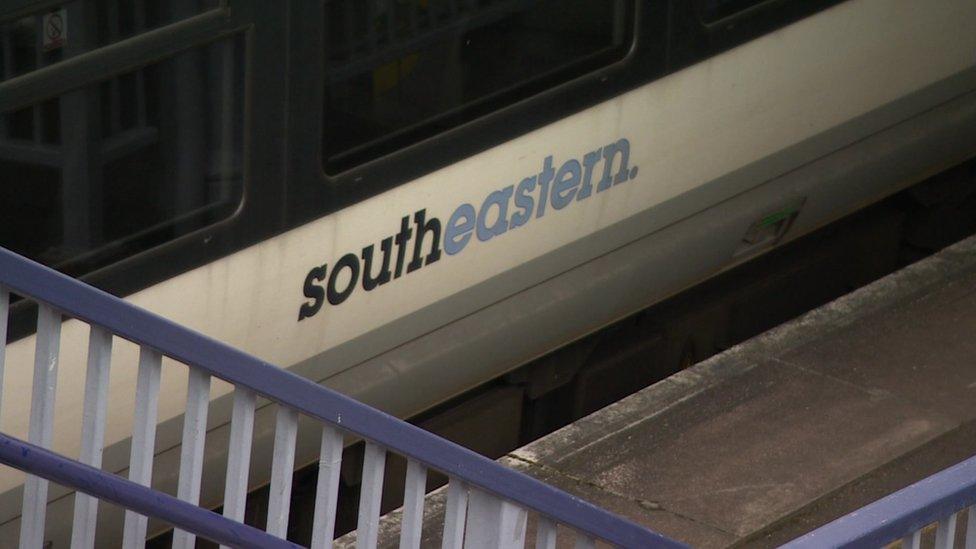
Network Rail has published a new report containing predictions about train punctuality
Rail commuters of South East London and Kent might want to sit down.
If you thought your commute was bad now, it will get worse for the next five years.
That's the message hidden away in an official Network Rail report, external on the South East Route. It serves South East London, Kent and Sussex and is one of the busiest in the country.
Around 5,000 passenger trains run every day over almost 2,000 miles of track.
Almost 68,000 passengers travel on this route into central London during the peak hour of 08:00 to 09:00 each weekday but its infrastructure is amongst the oldest.
And spending on the bridges, tracks and signalling has not kept up and there has been a huge historic lack of investment in infrastructure.
The report says "the route's asset base is incredibly fragile with an on-going potential for low frequency, high impact failures".
"A number of critical assets are degrading beyond a condition which can be addressed by preventative interventions," it states.
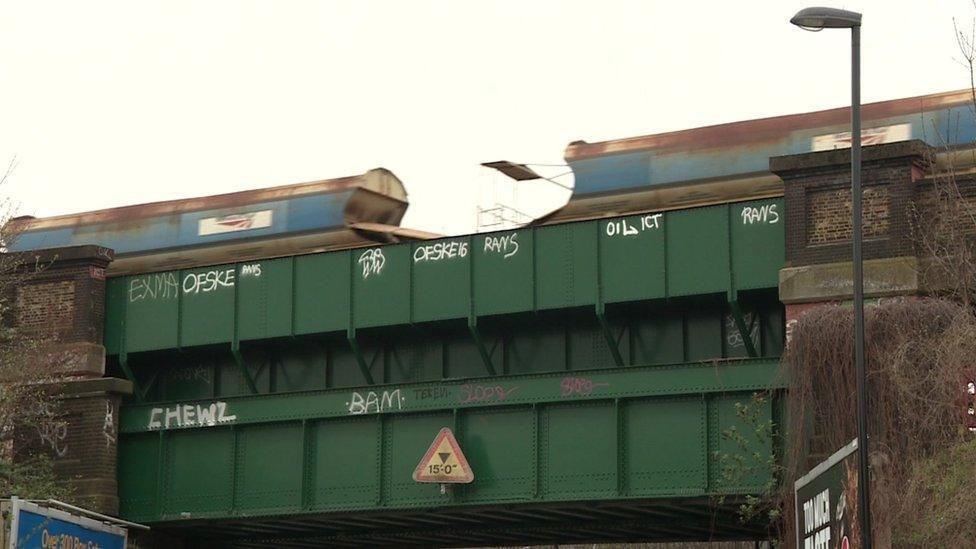
Southeastern has some of the oldest infrastructure but there has been a historic lack of investment
At the moment, 89.3% of trains arrive within five minutes of the planned time (PPM).
That is set to drop to 87.2% in 2020 and will not get better than it is at the moment until beyond 2024.
Network Rail doesn't deny services will be hit.
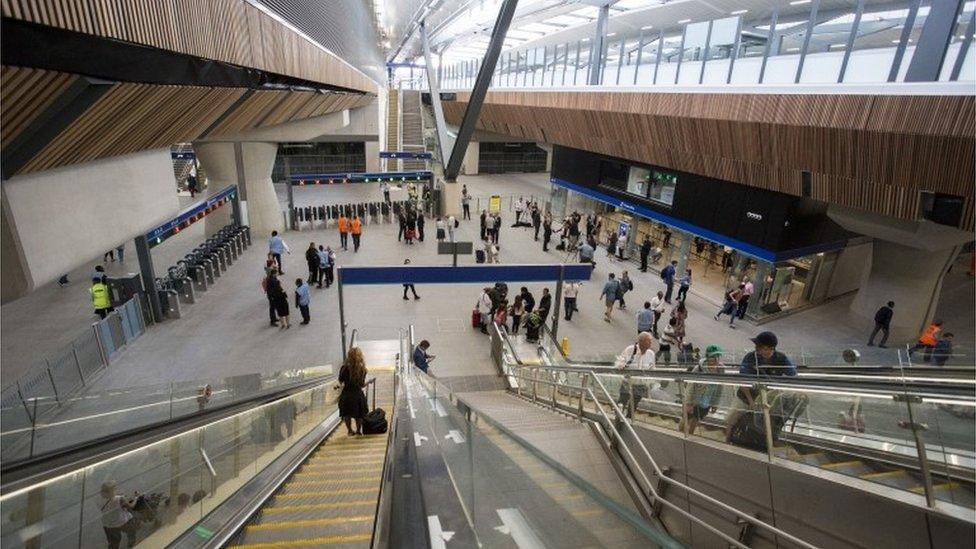
Thousands of commuters in and around London use Southeastern trains every day
A Network Rail spokesperson said: "Our plan for the South East route for the 2019-24 funding period sets out how we would invest more than £3bn to operate, maintain and renew the busiest and most congested part of Britain's rail network - delivering a safe, reliable railway in the South East which moves half a million people and thousands of tonnes of freight every day.
"We've had to make some tough decisions in recent years regarding our day-to-day spending, with more maintenance work required than on less busy parts of the network to keep ageing infrastructure working reliably.
"At the same time, we've delivered huge investment in upgrades such as the Thameslink Programme, which will deliver significant benefits for passengers in the years ahead through better connectivity and more frequent services.
"Our plan for the next five years would see Network Rail and train operators continue to deliver good levels of punctuality to record numbers of passengers on a railway which, for many people, offers a turn-up-and-go service at the busiest times of day.
"We know this will put additional pressure on what is already the busiest and most congested part of the network, which is why our plan includes new Digital Railway technology, external to squeeze all we can out of the network and keep passengers moving safely and reliably."
The grim realisation for commuters though is there is little chance at the moment of an improvement to their service.
- Published28 February 2018
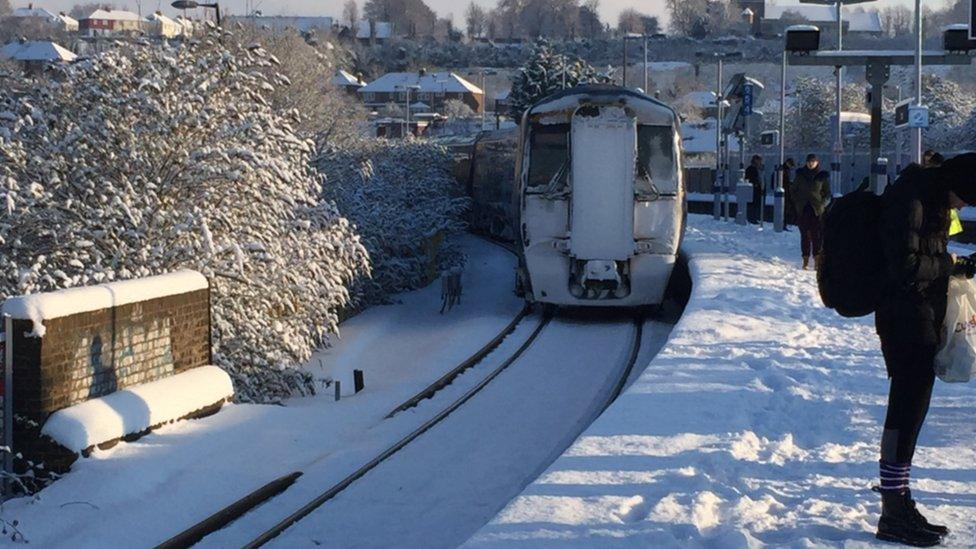
- Published16 May 2017
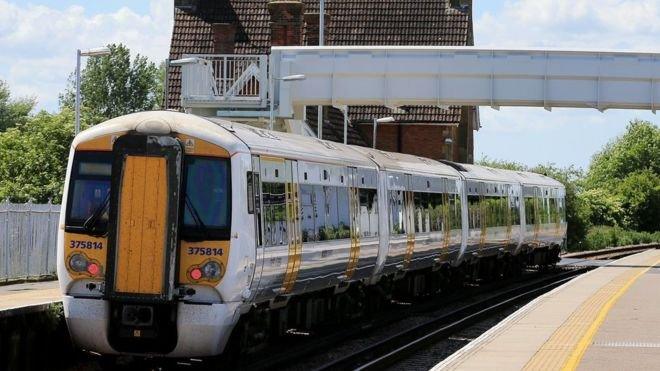
- Published14 March 2017

- Published31 August 2016
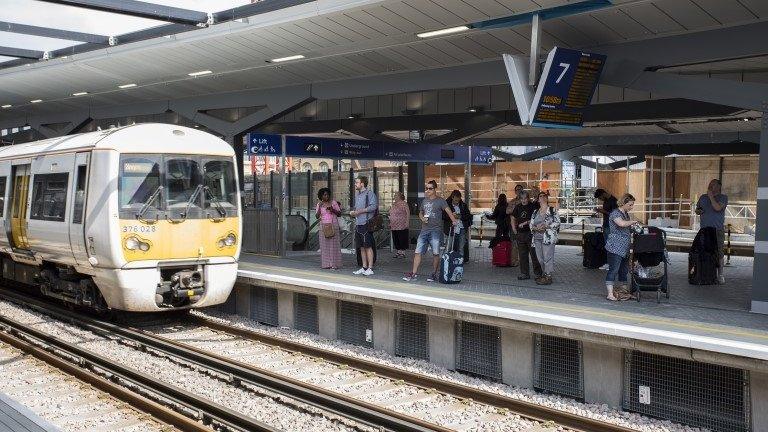
- Published2 March 2016
